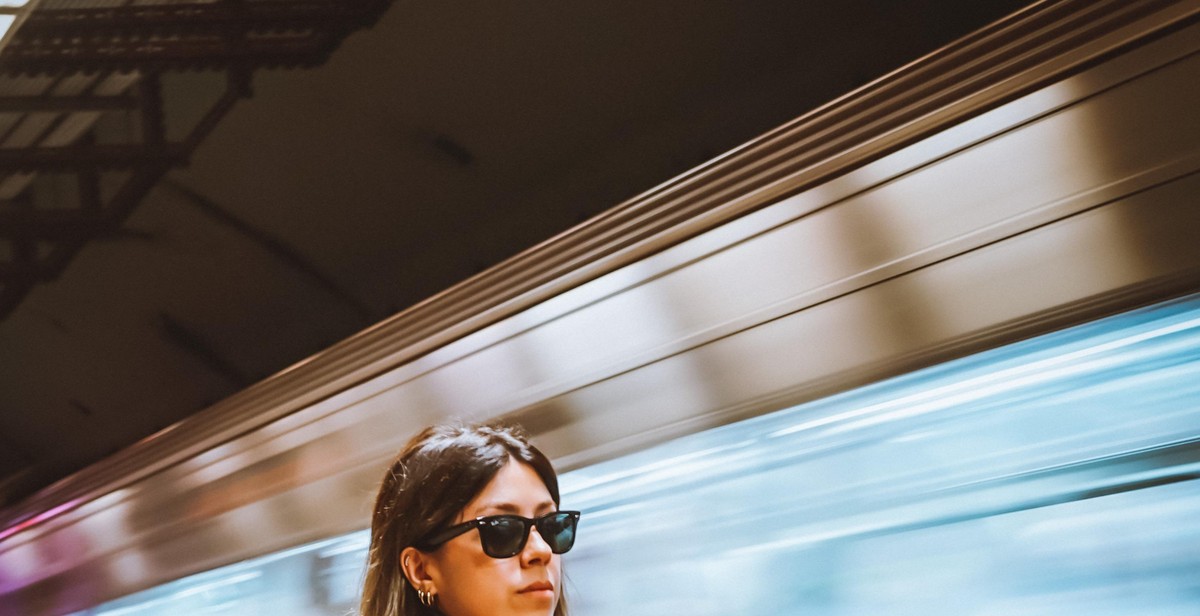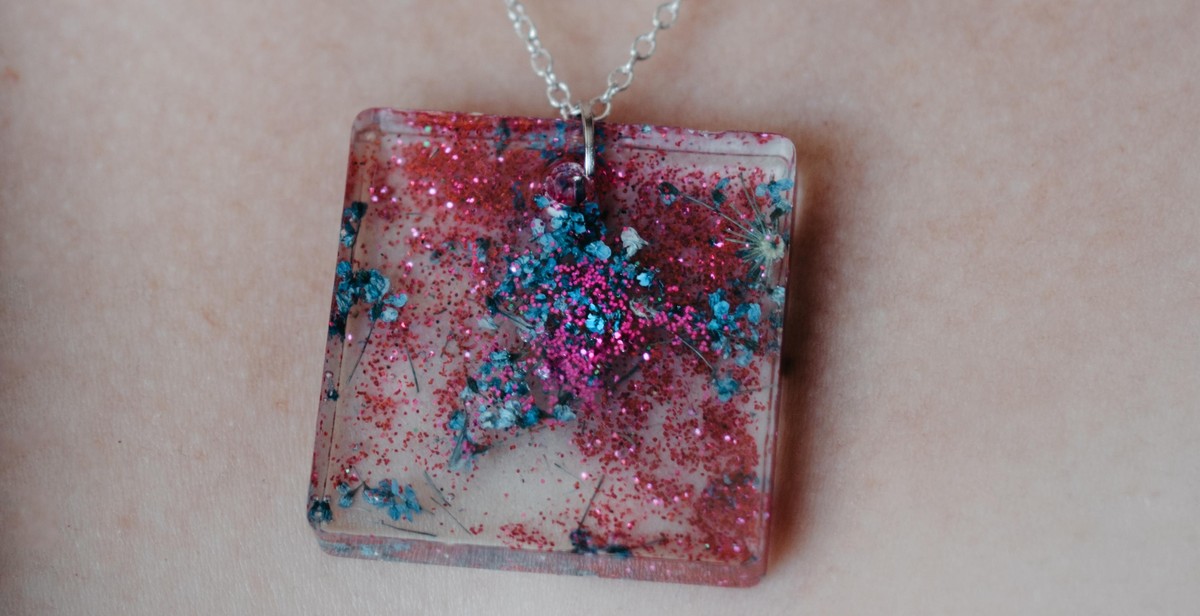A Case for Slow Fashion: Sustainability in Your Wardrobe
In recent years, there has been a growing movement towards sustainable living, and one area that has come under scrutiny is the fashion industry. Fast fashion, characterized by its quick turnaround of trends and low-cost production, has dominated the market for decades. However, its environmental and social impact is becoming increasingly evident.
Slow fashion, on the other hand, is a concept that promotes a more thoughtful and sustainable approach to clothing. It emphasizes quality over quantity, encourages ethical production practices, and aims to reduce the industry’s carbon footprint. Slow fashion is not just a trend; it is a lifestyle choice that aligns with the principles of sustainability and conscious consumerism.
The Environmental Impact of Fast Fashion
Fast fashion has contributed to a throwaway culture, where clothing is treated as disposable. The production of cheap garments involves the use of harmful chemicals, excessive water consumption, and the release of greenhouse gases. Additionally, the industry generates a significant amount of textile waste, as clothes are discarded after a few uses. This unsustainable cycle has detrimental effects on the environment, including pollution, deforestation, and the depletion of natural resources.
The Social Consequences of Fast Fashion
Fast fashion’s rapid production demands have led to exploitative labor practices and unsafe working conditions in many garment factories. Workers, often in developing countries, are subjected to long hours, low wages, and poor treatment. The fashion industry’s focus on cheap labor and maximizing profits has created a system that perpetuates inequality and human rights violations.
By embracing slow fashion practices, we can make a positive impact on both the environment and society. This article explores the benefits of slow fashion, provides tips on how to build a sustainable wardrobe, and highlights brands that prioritize ethical and eco-friendly practices.
The Environmental Impact of Fast Fashion
The fast fashion industry has a significant environmental impact, contributing to waste and pollution, excessive water usage, chemical usage, and a substantial carbon footprint.
Waste and Pollution
Fast fashion is notorious for its high production turnover and disposable clothing. This leads to an enormous amount of textile waste, with garments often ending up in landfills. The production of synthetic fibers, commonly used in fast fashion, releases harmful microplastics into the environment, polluting our oceans and harming marine life.
Water Usage
The production of fast fashion consumes vast amounts of water. From growing cotton to dyeing fabrics, water-intensive processes are employed. This excessive water usage contributes to water scarcity in regions where cotton is cultivated, leading to ecological imbalances and affecting local communities that rely on water resources.
Chemical Usage
Fast fashion relies heavily on chemical-intensive processes, such as dyeing and finishing garments. These chemicals, including toxic dyes, bleaches, and solvents, pose a threat to both the environment and the health of workers involved in the manufacturing process. Additionally, the improper disposal of these chemicals further contributes to water pollution.
Carbon Footprint
The fast fashion industry is a major contributor to greenhouse gas emissions. From the production and transportation of raw materials to the manufacturing and distribution of clothing, each stage of the fast fashion supply chain emits significant amounts of carbon dioxide. Furthermore, the fast fashion model promotes frequent purchases and short product lifecycles, encouraging a culture of overconsumption and increasing the carbon footprint associated with clothing production.

The Social Impact of Fast Fashion
Fast fashion has gained popularity due to its affordability and quick turnover of trendy clothing. However, behind the glitz and glamour lies a dark reality of exploitation and unsafe working conditions for garment workers.
Exploitation of Workers
Fast fashion brands often outsource their production to developing countries with lax labor laws and regulations. This allows them to take advantage of vulnerable workers who are desperate for employment. These workers are often subjected to long working hours, without proper breaks or overtime pay.
Unsafe Working Conditions
In order to meet the demand for fast, cheap clothing, factories often compromise on safety standards. Workers are exposed to hazardous environments, such as poorly ventilated spaces, chemical exposure, and inadequate fire safety measures. This puts their health and well-being at risk.
Low Wages
One of the most pressing issues in the fast fashion industry is the low wages paid to garment workers. Many workers earn below the minimum wage, making it difficult for them to meet their basic needs. This perpetuates a cycle of poverty and exploitation.
Child Labor
Fast fashion has been associated with the use of child labor, particularly in countries where child labor laws are weakly enforced. Children are often forced to work long hours in hazardous conditions, depriving them of their right to education and a normal childhood.
It is crucial for consumers to be aware of the social impact of fast fashion and make conscious choices to support sustainable and ethical alternatives. By opting for slow fashion brands that prioritize fair wages, safe working conditions, and the elimination of child labor, we can contribute to a more just and equitable fashion industry.
What is Slow Fashion?
Slow fashion is a movement that aims to counter the negative impacts of fast fashion on the environment and society. It encourages consumers to be more mindful about their clothing choices and to prioritize quality, durability, and sustainability over trends and cheap prices.
Key Principles of Slow Fashion:
- Quality: Slow fashion emphasizes the importance of investing in well-made garments that are designed to last. This means choosing materials that are durable and timeless styles that can be worn year after year.
- Sustainability: Slow fashion promotes eco-friendly practices throughout the entire lifecycle of clothing, from production to disposal. It encourages the use of organic and natural materials, as well as ethical manufacturing processes that minimize waste and reduce carbon footprint.
- Ethical Production: Slow fashion advocates for fair working conditions and fair wages for garment workers. It supports brands that prioritize transparency and accountability in their supply chains.
- Minimalism: Slow fashion encourages consumers to adopt a more minimalist approach to their wardrobe, focusing on quality pieces that can be mixed and matched to create various outfits. This reduces the need for excessive consumption and helps minimize textile waste.
The Benefits of Slow Fashion:
- Environmental Impact: By choosing slow fashion, you can reduce your contribution to pollution, water waste, and carbon emissions associated with the fashion industry.
- Social Responsibility: Slow fashion supports fair trade and ethical labor practices, ensuring that workers in the fashion industry are treated fairly and paid a living wage.
- Longevity and Cost-effectiveness: Investing in high-quality, timeless pieces means that your wardrobe will last longer, saving you money in the long run.
- Personal Style: Slow fashion encourages individuality and self-expression by focusing on unique, well-crafted pieces that reflect your personal style rather than following fleeting trends.
In conclusion, slow fashion is a movement that promotes sustainable, ethical, and mindful consumption in the fashion industry. By embracing slow fashion principles, you can make a positive impact on both the environment and society, while also building a wardrobe that reflects your values and personal style.

Benefits of Slow Fashion
Slow fashion is a sustainable approach to clothing production and consumption that emphasizes quality, durability, and ethical practices. By embracing slow fashion, individuals can contribute to reducing the environmental impact of the fashion industry, support local artisans and economies, and enjoy higher quality and longer-lasting garments.
Reduced Environmental Impact
Unlike fast fashion, which prioritizes rapid production and disposal, slow fashion focuses on reducing waste and pollution. By investing in timeless pieces and avoiding excessive consumption, slow fashion enthusiasts contribute to the conservation of natural resources, reduced carbon emissions, and minimized water usage.
Ethical Production Practices
Slow fashion promotes fair working conditions and the use of sustainable materials. By supporting brands that prioritize ethical production practices, consumers can ensure that their garments are made by workers who are paid fair wages and operate in safe environments. Additionally, slow fashion encourages transparency in the supply chain, allowing consumers to make informed choices about the brands they support.
Higher Quality and Durability
Slow fashion garments are typically made with higher quality materials and craftsmanship. By investing in these pieces, consumers can enjoy longer-lasting clothing that withstands the test of time. This not only reduces the need for frequent replacements but also saves money in the long run.
Supporting Local Artisans and Economies
Slow fashion often involves supporting local artisans and independent designers. By purchasing from these individuals, consumers contribute to the growth of local economies and help preserve traditional craftsmanship. Furthermore, supporting local artisans fosters a sense of community and allows for unique and one-of-a-kind pieces that cannot be found in mass-produced fashion.

Implementing Slow Fashion in Your Wardrobe
Slow fashion is a sustainable approach to clothing that focuses on quality, longevity, and ethical production. By implementing slow fashion principles in your wardrobe, you can reduce your environmental impact and support a more ethical fashion industry. Here are some steps you can take to embrace slow fashion:
Assess Your Wardrobe
Start by taking a close look at your current wardrobe. Identify items that you no longer wear or that don’t align with your personal style. Donate or sell these pieces to ensure they find a new home and avoid contributing to landfill waste. Assessing your wardrobe will also help you identify any gaps that need to be filled with more sustainable options.
Invest in Timeless Pieces
Instead of chasing fast fashion trends that quickly go out of style, invest in timeless pieces that will last for years. Look for high-quality fabrics and craftsmanship that can withstand the test of time. Classic staples like a well-tailored blazer, a little black dress, or a quality pair of jeans can be mixed and matched to create endless outfit possibilities.
Shop Secondhand and Vintage
Buying secondhand or vintage clothing is a great way to reduce your environmental footprint. Explore thrift stores, consignment shops, and online platforms for unique and affordable finds. Not only will you score one-of-a-kind pieces, but you’ll also give pre-loved items a new life, saving them from ending up in landfills.
Support Sustainable Brands
When purchasing new items, opt for brands that prioritize sustainability and ethical practices. Look for certifications like Fair Trade, GOTS (Global Organic Textile Standard), or B Corp, which ensure that the brand meets certain ethical and sustainability standards. By supporting these brands, you are encouraging the fashion industry to prioritize people and the planet over profit.

Tips for Sustainable Fashion Shopping
When it comes to building a sustainable wardrobe, making mindful choices in your shopping habits is key. Here are some tips to help you shop for sustainable fashion:
Look for Sustainable Fabrics
Opt for clothing made from sustainable materials such as organic cotton, hemp, linen, or Tencel. These fabrics have a lower environmental impact compared to conventional materials like polyester or nylon. Sustainable fabrics are often produced using less water, energy, and chemicals, making them a better choice for the planet.
Check for Certifications
Look for certifications such as GOTS (Global Organic Textile Standard) or OEKO-TEX® Standard 100 when purchasing clothing. These certifications ensure that the garments are made with sustainable practices, free from harmful chemicals, and meet high environmental and social standards.
Consider the Longevity of the Piece
Invest in timeless and well-made clothing that will last for years. Avoid fast fashion trends that quickly go out of style and are made with low-quality materials. Choosing high-quality pieces not only reduces waste but also saves you money in the long run.
Support Local and Small Businesses
Choose to buy from local and small businesses that prioritize sustainability. These businesses often have a smaller carbon footprint, support local economies, and offer unique and ethically-made clothing options.
Conclusion
In conclusion, embracing slow fashion is not only a style choice but also a conscious decision towards a more sustainable and ethical wardrobe. By shifting our mindset from fast and disposable fashion to a more thoughtful and intentional approach, we can make a significant impact on the environment and the lives of garment workers.
Slow fashion encourages us to prioritize quality over quantity, investing in well-made, durable pieces that will stand the test of time. By choosing timeless designs and versatile styles, we can create a wardrobe that is both fashionable and sustainable.
Supporting sustainable and ethical brands is another crucial aspect of slow fashion. By shopping from companies that prioritize fair wages, safe working conditions, and environmentally friendly practices, we can contribute to positive change within the fashion industry.
Additionally, embracing second-hand shopping, upcycling, and clothing swaps can help reduce waste and extend the lifespan of garments. By giving pre-loved items a new lease on life, we can reduce our carbon footprint and support a circular economy.
Ultimately, slow fashion is about making conscious choices that align with our values and contribute to a more sustainable future. By being mindful of our purchasing decisions, taking care of our clothes, and embracing a slower approach to fashion, we can create a wardrobe that is not only stylish but also environmentally and socially responsible.
So, let’s embrace slow fashion and make a lasting change in the way we consume and appreciate clothing. Together, we can build a more sustainable and inclusive fashion industry for generations to come.
